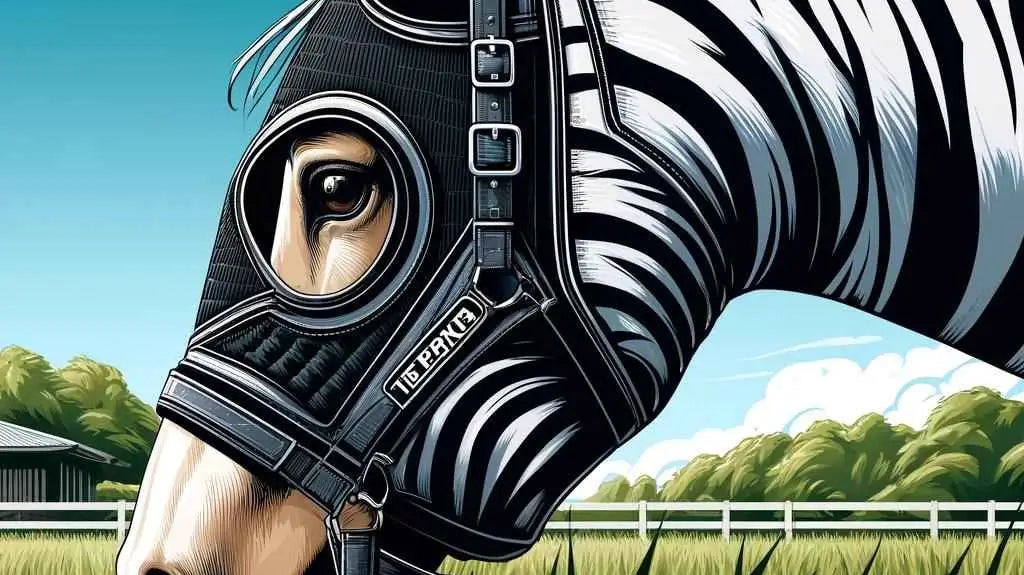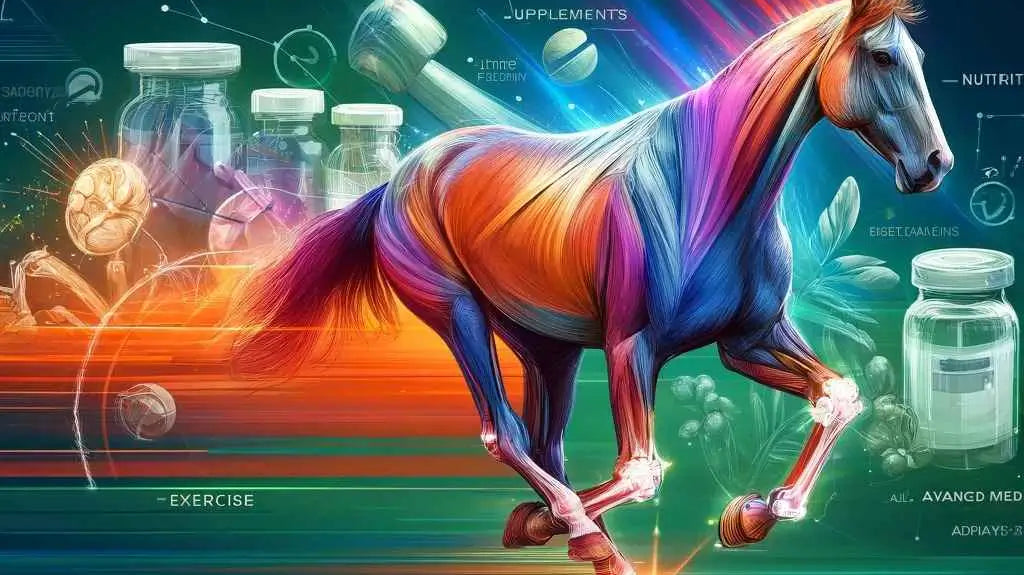Strangles disease recently made headlines when an outbreak was confirmed in a private facility in King County, Washington. This highly infectious condition, no relation to the popular hip-hop dance move, but all the more threatening, poses a significant risk to equine health. It could potentially cause substantial financial loss for horse owners in the area. If you've found yourself wondering what this oddly named disease is and why you should care, it's your lucky day! Let's dive horse-deep into the land of strangles.
Understanding Strangles, a Horse's Worst Enemy
Strangles is no laughing matter. The disease, caused by the bacterium Streptococcus equi subspecies equi, primarily spreads through direct contact with infected horses or contaminated surfaces. The disease has a rogue's gallery of threatening symptoms, including fever, swollen lymph nodes, nasal discharge, coughing, muscle swelling, and even difficulty swallowing. This collection of symptoms makes it challenging for horses to eat or drink, which further worsens the situation. After all, a horse can't exactly whip up a vegetable smoothie when it feels under the weather.
Tactics on Tackling Strangles
When it comes to dealing with strangles, the mantra goes as follows: "Diagnose early, act promptly!" Polymerase chain reaction (PCR) testing helps detect the strangles-causing bacterium in nasal or throat swabs. Earlier diagnosis and swift treatment are critical for keeping the disease from spreading and avoiding complications.
The prescribed treatment for strangles largely depends on how severe the clinical signs are. In dire cases, antibiotics are used to manage symptoms and curb the infection's spread. But, and we can't stress this enough, there's something called overuse of antibiotics, and it's a no-no. Why? Because it can hinder the infected horse's immune development. Think of it as spoiling the horse’s immune system – giving it everything it wants until it becomes lazy and doesn't want to defend itself anymore.
The Role of Vaccines and Hygiene Practices
The existing strangles vaccine is currently in the hot seat of ongoing research. Yes, it can help alleviate the symptoms and shorten the illness duration, but it’s not a foolproof solution. Scientists are continually working to improve it, and we hope they do. Keep up the good work!
As the saying goes, "Prevention is better than cure," and that couldn't be truer in this case. Maintaining robust hygiene and quarantine measures is one such preventative action. A clean stable environment and isolating new arrivals can help minimize the disease's transmission risk. So, horse owners, keep those gloves and disinfectant bottles ready!
For the Love of Horses: Keepin’ them Safe
In line with keeping horses safe from strangles, owners and vets need to understand the disease's clinical signs, diagnosis methods, and prevention strategies. Being informed is the first step to keeping that neighing pet (or breadwinner, as the case may be) safe . And, of course, continuous research and education are keys to diminishing the impact of strangles. So do your part – read, learn, act.
Things We Need to Discover
Several questions about strangles still remain unanswered. For instance, what genetic makeup does the bacterium Streptococcus equi subspecies equi have? How do horses respond on an immunological level to the strangles infection and the vaccine? What is the economic impact of strangles outbreaks on horse owners and the equine industry? How can new strategies for prevention and treatment develop? What's the role of public health initiatives and education in strangles prevention? The list goes on, but each answer brings us closer to keeping our beloved equines safe and sound from this disease.
So, there you have it, everything you need to know about strangles. Now you can hoist those boots, strap on that cowboy hat, and step into the wild world of horse diseases with confidence!




